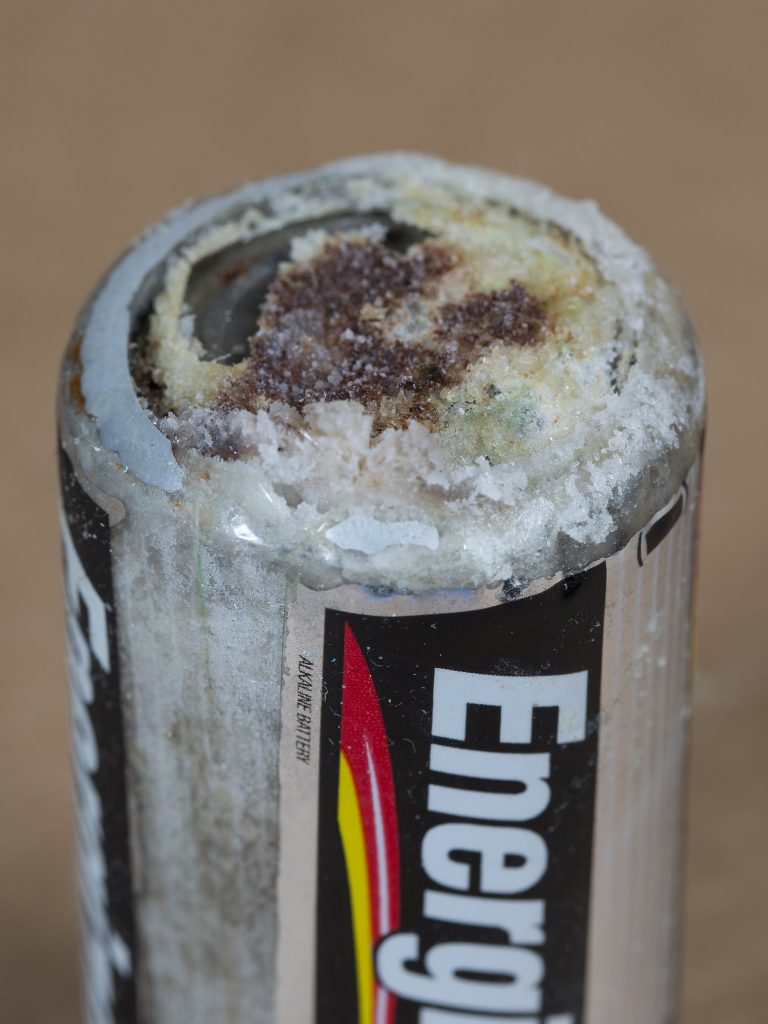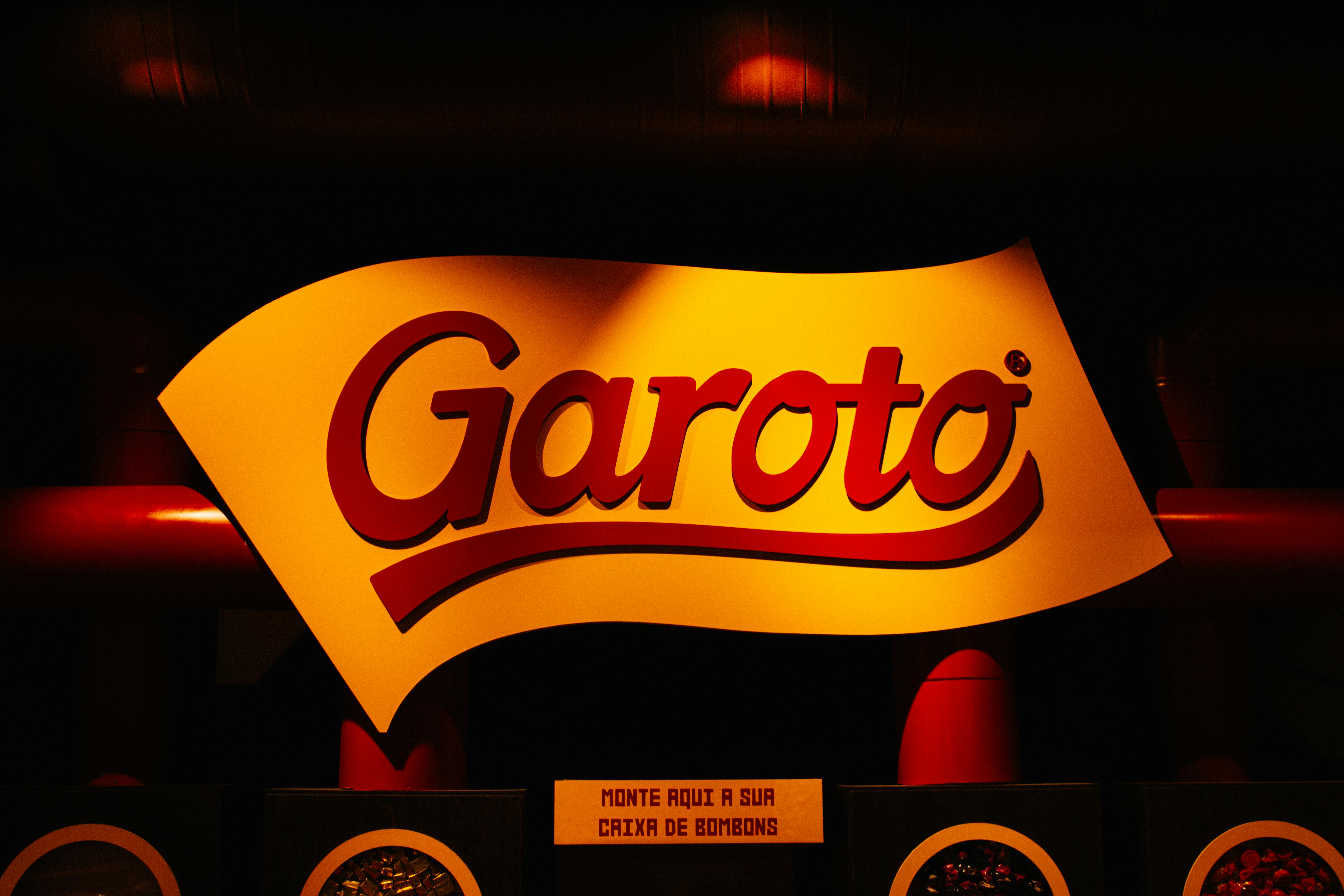4-Keto-DANA exists as an equilibrium between two ring-flipped forms; however, the form with the equatorial glycerol and N-acetyl substituents would be expected to predominate. Preferably, the substantial identity exists over a region of the sequences that is at least about 50 residus in length, more preferably over a region of at least about 100 residus, and most preferably the sequences are substantially identical over at least about 150 residus. The phrase “substantially identical,” in the context of two nucleic acids or polypeptides, refers to two or more sequences or subsequences that have at least 60%, preferably 80% or 85%, most preferably at least 90%, 91%, 92%, 93%, 94%, 95%, 96%, 97%, 98%, or 99% nucleotide or amino acid residu identity, when compared and aligned for maximum correspondence, as measured using one of the following sequence comparison algorithms or by visual inspection. Comparison of samples differing only in the solvent (light water (H2O) versus deuterated water (D2O) at the same reaction time points showed the loss of specific 1H signals from protons attached at C3 and C5 in D2O, indicating solvent exchange. If you have any inquiries regarding where by and how to use china n-acetylneuraminic acid powder, you can make contact with us at our own web-site. The loss of these signals led to simplification in the splitting of the neighboring proton signals (Fig. S1).
Analysis of the reaction curve, obtained by monitoring the signals from the methyl protons of the acetamide group at C5, revealed the presence of a new (third) molecule (XY). Analysis of the 3-4 ppm spectral region, where standard sugar-ring C-H signals typically show, suggests that the intermediate chemical shifts are closer to Neu5Ac than to 2,7-anhydro-Neu5Ac (Fig. S3). Signal 2, at 2.73 ppm, corresponds then to a proton neighboring a carbonyl on one side and at least two other protons on the other side with chemical shifts in the 3-4 ppm region. Specifically, the presence of a heteronuclear cross-peak at 2.73 ppm/43.1 ppm (1H/13C) (signal 2 in Fig. 1B), characteristic of a proton in α to a keto group, strongly suggested the intermediate to be a keto-sugar. Bioinformatics analyses revealed the presence of RgNanOx homologues across Gram-negative and Gram-positive bacterial species and co-occurrence with sialic acid transporters. Sequence similarity network analysis of the R. gnavus Nan cluster (responsible for 2,7-anhydro-Neu5Ac metabolism) identified the presence of RgNanOx homologues in a number of organisms (19). One such example was the model Gram-negative human commensal E. coli K-12, the organism in which the genes for Neu5Ac catabolism were first discovered (24, 25). In E. coli, the homologue of RgNanOx is part of a two-gene operon, yjhBC, which is one of only three operons in E. coli regulated by the transcription factor NanR as reported previously (25) (Fig. 5A). Here, we demonstrated that E. coli could grow on 2,7-anhydro-Neu5Ac as a sole carbon source (Fig. 5B), reaching growth yields similar to that obtained when E. coli was grown on Neu5Ac.
 Here, using a combination of in silico, molecular, biochemical, and structural approaches, we elucidated the molecular mechanism of RgNanOx and showed that homologous enzymes are present across both Gram-positive and Gram-negative bacteria and are associated with different classes of predicted transporters. In the present work, we evaluate the contribution of the sialic acid modifications in DC maturation. R. gnavus is widely distributed among individuals being represented in the most common 57 species present in ≥90% of individuals (6). Colonization by R. gnavus has been found in infants during the first days of life. These results revealed the molecular mechanisms of 2,7-anhydro-Neu5Ac catabolism across bacterial species and a novel sialic acid transport and catabolism pathway in E. coli. Once inside the cell, 2,7-anhydro-Neu5Ac is converted into Neu5Ac via a novel enzymatic reaction catalyzed by an oxidoreductase, RgNanOx. C, crystal structure of RgNanOx with key residues marked and DANA modeled into the active site. Rossman fold. Guided by the RgNanOx structure, we identified catalytic residues by site-directed mutagenesis. Math. 2:482 (1981), by the homology alignment algorithm of Needleman & Wunsch, J. Mol. 1990) J. Mol. Biol. The comparison of the 2D 1H,13C HSQC spectra of the substrate (2,7-anhydro-Neu5Ac), the product (Neu5Ac), and the reaction mixture at 30 min allowed the identification of an additional set of cross-peaks that did not belong to the substrate or to the product and were therefore assigned to the intermediate (Fig. 1, B and C).
Here, using a combination of in silico, molecular, biochemical, and structural approaches, we elucidated the molecular mechanism of RgNanOx and showed that homologous enzymes are present across both Gram-positive and Gram-negative bacteria and are associated with different classes of predicted transporters. In the present work, we evaluate the contribution of the sialic acid modifications in DC maturation. R. gnavus is widely distributed among individuals being represented in the most common 57 species present in ≥90% of individuals (6). Colonization by R. gnavus has been found in infants during the first days of life. These results revealed the molecular mechanisms of 2,7-anhydro-Neu5Ac catabolism across bacterial species and a novel sialic acid transport and catabolism pathway in E. coli. Once inside the cell, 2,7-anhydro-Neu5Ac is converted into Neu5Ac via a novel enzymatic reaction catalyzed by an oxidoreductase, RgNanOx. C, crystal structure of RgNanOx with key residues marked and DANA modeled into the active site. Rossman fold. Guided by the RgNanOx structure, we identified catalytic residues by site-directed mutagenesis. Math. 2:482 (1981), by the homology alignment algorithm of Needleman & Wunsch, J. Mol. 1990) J. Mol. Biol. The comparison of the 2D 1H,13C HSQC spectra of the substrate (2,7-anhydro-Neu5Ac), the product (Neu5Ac), and the reaction mixture at 30 min allowed the identification of an additional set of cross-peaks that did not belong to the substrate or to the product and were therefore assigned to the intermediate (Fig. 1, B and C).
When using a sequence comparison algorithm, test and reference sequences are input into a computer, subsequence coordinates are designated, if necessary, and sequence algorithm program parameters are designated. B and C, superposition of the 1H,13C HSQC reference spectra of Neu5Ac (blue) and 2,7-anhydro-Neu5Ac (orange) and 1H,13C HSQC reaction mixture at 30 min (where the XY peak is observed to peak, gray). Neu5Ac (blue), 2,7-anhydro-Neu5Ac (orange), or XY intermediate (gray). We validated these data in vitro and further unraveled the 2,7-anhydro-Neu5Ac catabolism in E. coli. We showed by electrospray ionization spray MS that the Escherichia coli homologue YjhC displayed activity against 2,7-anhydro-Neu5Ac and that E. coli could catabolize 2,7-anhydro-Neu5Ac. Differential scanning fluorimetry analyses confirmed the binding of YjhC to the substrates 2,7-anhydro-Neu5Ac and Neu5Ac, as well as to co-factors NAD and NADH. Finally, using a glycan array binding assay we determined that AAV1 efficiently binds to NeuAcα2-3GalNAcβ1-4GlcNAc, as well as two glycoproteins with α2,3 and α2,6 N-linked sialic acids. Treatment of cells with proteinase K but not glycolipid inhibitor reduced AAV1 and AAV6 infection, supporting the hypothesis that the sialic acid that facilitates infection is associated with glycoproteins rather than glycolipids.


 Here, we show that treatment with a sialidase significantly improved the capacity of both immature and mature MDDCs to phagocytose Escherichia coli. Namely, neuraminidase-treated DCs show increased gene transcription of proinflammatory and Th1-promoting cytokines and induce greater proliferative responses of T lymphocytes. Dendritic cells (DCs) play an essential role in immunity against bacteria by phagocytosis and by eliciting adaptive immune responses. Previously, we demonstrated that human monocyte-derived DCs (MDDCs) express a high content of cell surface α2,6-sialylated glycans. Mock-up vaccines contain an active ingredient for an influenza virus that has not circulated recently in human populations and thus mimics the novelty of a pandemic virus. Monocytes were cultured in complete RPMI-1640 medium supplemented with 1000 U/ml of recombinant human IL-4 (rhIL-4) and rhGM-CSF, for 6 days, to give rise to immature moDC. For purification of these recombinant proteins, the corresponding expression plasmids were transformed into BL21(DE3) pLysS, and single colonies were grown overnight in 10 ml of lysogeny broth with Cm15 Kan25.
Here, we show that treatment with a sialidase significantly improved the capacity of both immature and mature MDDCs to phagocytose Escherichia coli. Namely, neuraminidase-treated DCs show increased gene transcription of proinflammatory and Th1-promoting cytokines and induce greater proliferative responses of T lymphocytes. Dendritic cells (DCs) play an essential role in immunity against bacteria by phagocytosis and by eliciting adaptive immune responses. Previously, we demonstrated that human monocyte-derived DCs (MDDCs) express a high content of cell surface α2,6-sialylated glycans. Mock-up vaccines contain an active ingredient for an influenza virus that has not circulated recently in human populations and thus mimics the novelty of a pandemic virus. Monocytes were cultured in complete RPMI-1640 medium supplemented with 1000 U/ml of recombinant human IL-4 (rhIL-4) and rhGM-CSF, for 6 days, to give rise to immature moDC. For purification of these recombinant proteins, the corresponding expression plasmids were transformed into BL21(DE3) pLysS, and single colonies were grown overnight in 10 ml of lysogeny broth with Cm15 Kan25.